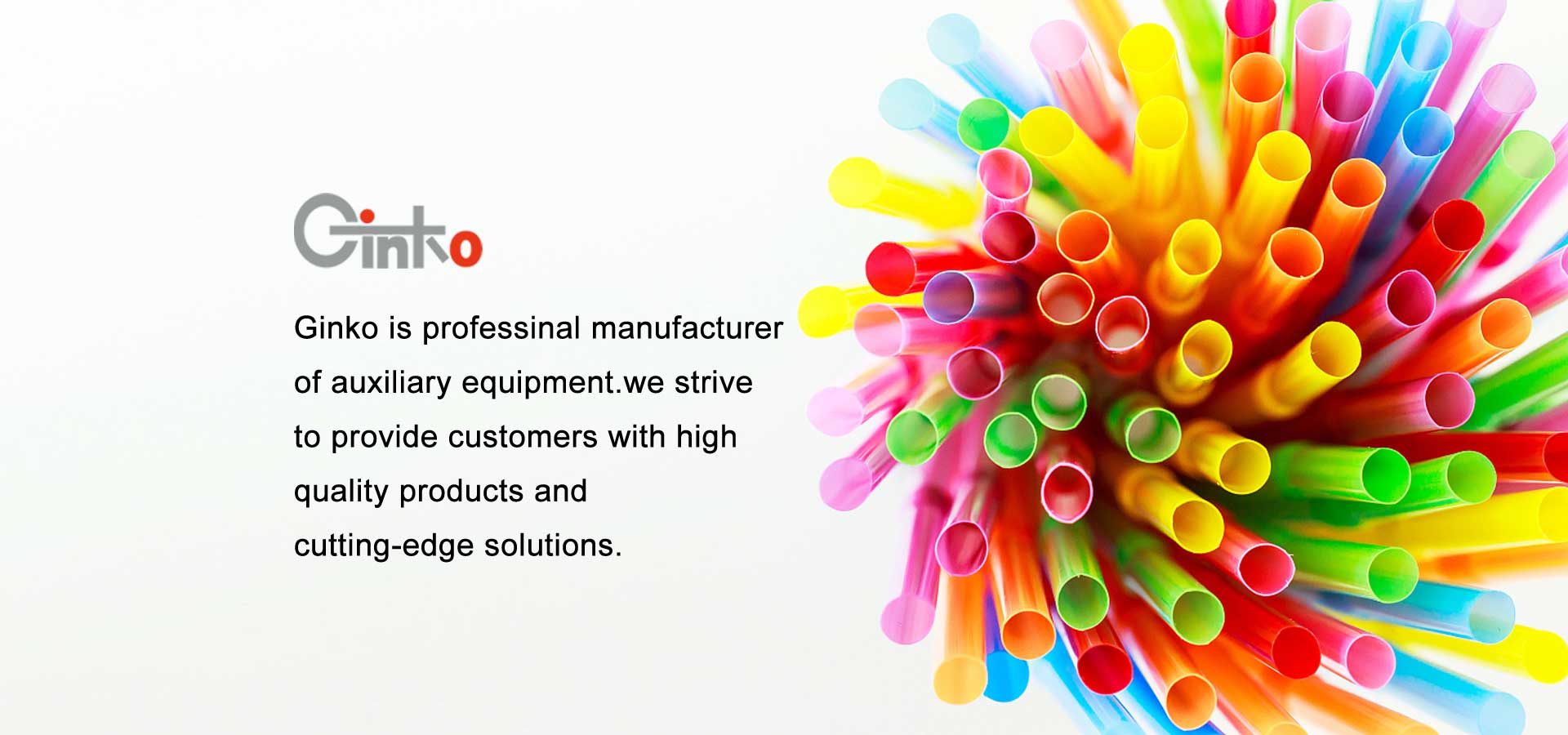Convection drying
2018-05-07
For non-hygroscopic materials, hot air dryers can be used for drying. Because moisture is loosely constrained by the interfacial tension between the material and water, it is easy to remove. Thus the theory of Convection drying is to use a fan to absorb the air and heat it to the temperature a specific material required . The heated air passes through a drying hopper and heats the material by convection to remove the moisture.
The drying process is generally divided into three stages: the first drying stage evaporates water from the surface of the material; the second drying stage focuses on the inside, the drying speed slowly decreases, while the temperature of the dried material begins to rise; in the final stage, the material reaches a moisture-absorbing balance, At this stage, the temperature difference between internal and external will be eliminated. At the end of the third stage, if the dried material no longer releases moisture, this does not mean that it does not contain moisture, but merely indicates that a balance has been established between the colloidal particles and the surrounding environment.
The dew point temperature of air is a very important parameter. The so-called dew point temperature is what when the humidity reaches 100%. It represents the temperature at which the air reaches the condensation of moisture. In general, the lower the dew point of the air used for drying, the lower the amount of residual water obtained and the lower the drying speed.
At present, the most common method for producing dry air is to use a dry gas generator. The device is based on an adsorptive dryer consisting of two molecular sieves, where the moisture in the air is absorbed. In the dry state, the air flows through the molecular sieve, and the molecular sieve absorbs the moisture in the gas to provide a dehumidified gas for drying. In the regeneration state, the molecular sieve is heated by hot air to the regeneration temperature. The gas flowing through the molecular sieve collects the removed moisture and brings it to the surrounding environment. Another method to generate dry gas is to reduce the pressure of the compressed gas. The advantage of this method is that the compressed gas in the supply network has a lower pressure dew point. After the pressure is reduced, the dew point reaches about 0°C. If a lower dew point is desired, membrane or adsorption dryers can be used to further reduce the dew point of the air before the compressed air pressure is reduced.
In dehumidified air drying, the energy required to produce dry gas must be extra calculated. In adsorption drying, the molecular sieve in the regenerated state must be heated from the temperature in the dry state (about 60° C.) to the regeneration temperature (about 200° C.). For this reason, it is common practice to continuously heat the heated gas through a molecular sieve to a regeneration temperature until it reaches a certain temperature when it leaves the molecular sieve. Theoretically, the necessary energy for regeneration consists of the energy required to heat the molecular sieve and its internal water, the energy needed to overcome the molecular sieve's adhesion to water, and the energy necessary to evaporate water and warm up the water vapor.
In general, the dew point resulting from adsorption is related to the temperature of the molecular sieve and the amount of water carried. In general, a dew point of less than or equal to 30°C will allow the molecular sieve to achieve a moisture content of 10%. For the preparation of the drying gas, the theoretical energy demand calculated from the energy is 0.004 kWh/m3. However, this value must be slightly higher in practice because the calculation does not take into account fan or heat loss. By contrast, the specific energy consumption of different types of dry gas generators can be determined. In general, the energy consumption for dehumidified gas drying is between 0.04 kWh/kg and 0.12 kWh/kg, depending on the material and initial moisture content. In practice, it is also possible to reach 0.25 kWh/kg or more.
The energy required to dry the gel consists of two parts, one part is the energy needed to heat the material from room temperature to the drying temperature, and the other part is the energy needed to evaporate the water. When determining the amount of gas required for a material, it is usually based on the temperature at which the dry gas enters or leaves the drying hopper. The drying of air at a certain temperature by means of convection heat is also a convective drying process.
In actual production, the actual energy consumption value is sometimes much higher than the theoretical value. For example, the material may have a long residence time in the drying hopper, a large amount of gas is consumed to complete the drying, or the adsorption capacity of the molecular sieve is not fully exerted. A feasible way to reduce the demand for dry gas and thus reduce energy costs is to use a two-step drying hopper. In this type of equipment, the material in the upper half of the drying hopper is only heated and not dried, so heating can be accomplished with ambient air or exhaust from the drying process. With this method, it is often only necessary to supply 1/4 to 1/3 of the amount of dry gas to the drying hopper, thereby reducing energy costs. Another way to increase the efficiency of desiccant gas drying is through thermocouples and dew point controlled regeneration, while German company Motan uses natural gas as a fuel to reduce energy costs.





